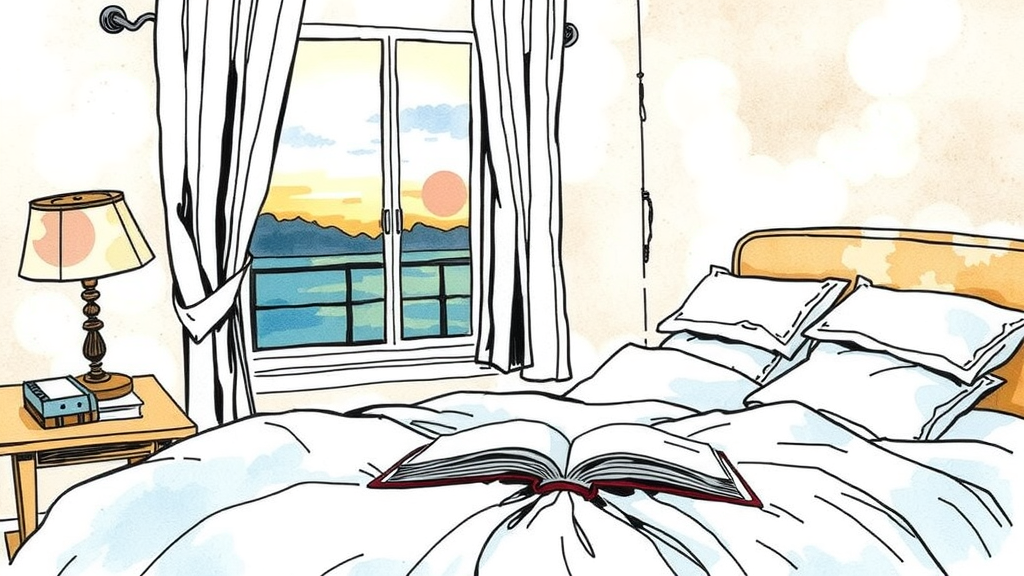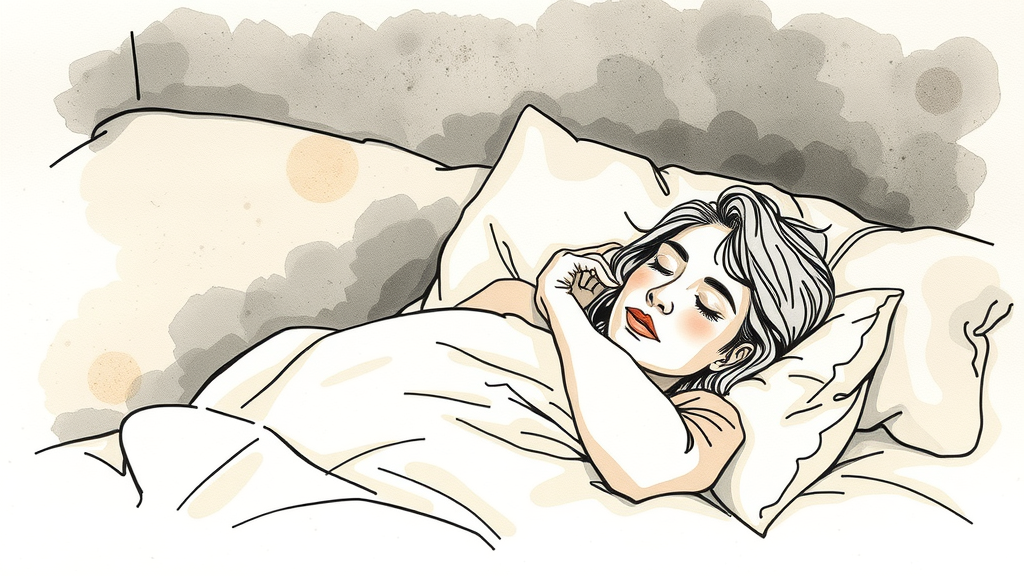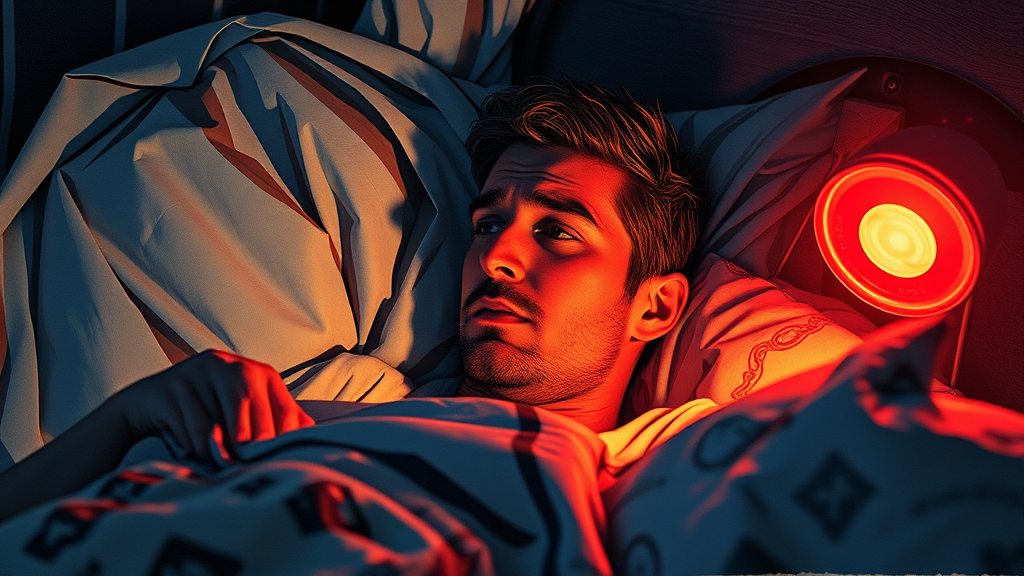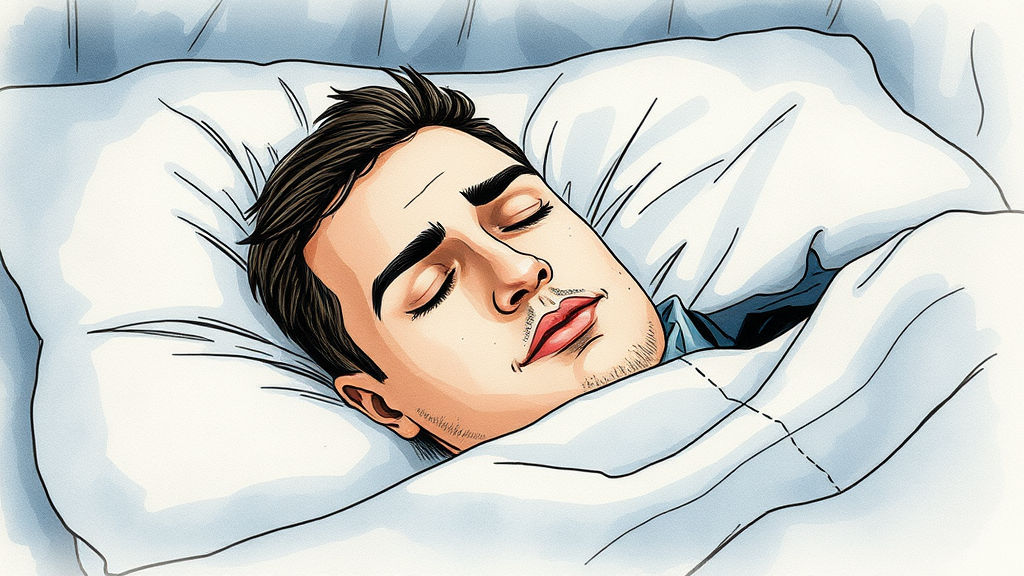· Don Schmidt · Guides · 10 min read
What To Do When You Wake Up at 3 AM: A CBT-I-Based Action Plan for Middle-of-the-Night Awakenings
Discover a CBT-I-based action plan for middle-of-the-night awakenings. Learn strategies to reclaim your sleep and break the 3 AM cycle.
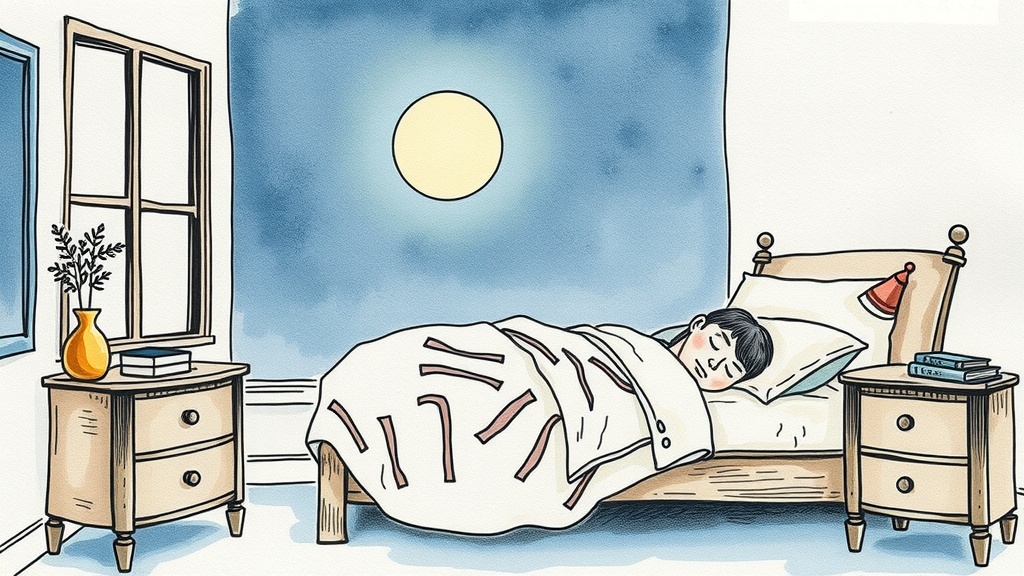
The Frustration of 3 AM Awakenings: Reclaim Your Sleep with CBT-I
Waking up in the dead of night, specifically around 3 AM, is a remarkably common and frustrating experience. You drift off to sleep, hopeful for a full night’s rest, only to find yourself wide awake hours later, mind racing, the clock ticking, and the dread of another sleepless period setting in. This “middle-of-the-night awakening,” often accompanied by anxiety and the inability to fall back asleep, can severely disrupt your sleep quality, leaving you feeling exhausted and unprepared for the day ahead.
If this sounds familiar, you’re not alone. Millions struggle with this form of insomnia. The good news is that you don’t have to passively endure these awakenings. Cognitive Behavioral Therapy for Insomnia (CBT-I) offers a powerful, evidence-based framework to understand and effectively manage these nighttime disruptions. This comprehensive guide will equip you with an actionable, CBT-I-based plan to tackle those 3 AM awakenings head-on, helping you reclaim your nights and wake up feeling refreshed.
Understanding Middle-of-the-Night Insomnia (MOTN Insomnia)
Middle-of-the-night insomnia (MOTN insomnia) is characterized by difficulty staying asleep, often involving waking up in the early hours and being unable to return to sleep. It’s distinct from difficulty falling asleep (sleep onset insomnia), though many individuals experience both. The 3 AM wake-up call is particularly common because it often aligns with a natural dip in our deepest sleep stage and a rise in cortisol levels as the body prepares for morning.
Why Do We Wake Up at 3 AM? Common Causes
Several factors can contribute to these unwelcome nocturnal awakenings:
- Stress and Anxiety: Our minds often process the day’s worries or future anxieties once the distractions of daytime quiet down. If you’re experiencing chronic stress, or if you find yourself ruminating, the early morning hours can become prime time for your brain to “wake up” and start problem-solving or worrying.
- Physiological Factors:
- Hormonal Shifts: As mentioned, cortisol (a stress hormone) naturally begins to rise in the early morning, signaling the body to prepare for waking. For some, this rise can be enough to pull them out of sleep.
- Blood Sugar Fluctuations: Low blood sugar can trigger adrenaline and cortisol release, waking you up.
- Pain or Discomfort: Chronic pain, acid reflux, or even a full bladder can disturb sleep.
- Sleep Apnea: Untreated sleep apnea causes repeated pauses in breathing, leading to micro-awakenings that you might not even remember, but which fragment sleep and can lead to full awakenings.
- Lifestyle Habits:
- Caffeine and Alcohol: Both can disrupt sleep later in the night. Alcohol, in particular, might help you fall asleep initially but often leads to fragmented sleep and early awakenings as its sedative effects wear off.
- Irregular Sleep Schedule: Going to bed and waking up at inconsistent times can throw off your body’s natural circadian rhythm.
- Napping: Long or late-day naps can reduce “sleep drive,” making it harder to stay asleep through the night.
- Environmental Factors: Noise, light (even a small amount), or an uncomfortable room temperature can easily disturb fragile sleep.
The Vicious Cycle of Nighttime Waking
One of the most insidious aspects of middle-of-the-night awakenings is the vicious cycle they create. You wake up, feel anxious about not being able to sleep, try harder to sleep, get more frustrated, and consequently, stay awake longer. This anxiety then becomes associated with your bed and nighttime, making it even harder to fall back asleep the next time you wake up. This is where CBT-I becomes invaluable, offering strategies to break these negative associations and patterns.
What is CBT-I and How Can It Help?
Cognitive Behavioral Therapy for Insomnia (CBT-I) is widely considered the gold standard treatment for chronic insomnia. Unlike sleep medications, which often provide temporary relief, CBT-I addresses the underlying thoughts, feelings, and behaviors that contribute to sleep problems. If you’re wondering how CBT-I works, it’s a structured program that helps you identify and replace habits that hinder sleep with those that promote it. For a deeper dive into this effective approach, you can learn more about how CBT-I works.
Core Principles of CBT-I
CBT-I operates on several key principles:
- Cognitive Restructuring: Challenging and changing unhelpful thoughts about sleep (e.g., “I’ll never get back to sleep,” “I need 8 hours or I’ll be terrible”).
- Stimulus Control: Re-associating the bed and bedroom with sleep and only sleep, not with wakefulness, worry, or other activities.
- Sleep Restriction (or Consolidation): Temporarily limiting time in bed to increase sleep drive and consolidate sleep into a more continuous block. This doesn’t mean restricting sleep itself, but the opportunity for sleep.
- Sleep Hygiene Education: Providing guidance on lifestyle habits and environmental factors that promote good sleep.
- Relaxation Techniques: Teaching methods to calm the mind and body, such as deep breathing, progressive muscle relaxation, or mindfulness.
Your CBT-I Action Plan for Middle-of-the-Night Awakenings
Here’s a step-by-step action plan, rooted in CBT-I principles, to navigate those frustrating 3 AM awakenings:
Step 1: Resist the Urge to Check the Time (Stimulus Control)
This is crucial. When you wake up, your immediate instinct might be to look at your phone or clock. Don’t. Knowing the time only fuels anxiety (“Oh no, it’s 3:17 AM, I only have X hours left!”). Turn clocks away, remove your phone from the bedside, or cover them. Your goal is to disconnect the act of waking up from time-related stress.
Step 2: Get Out of Bed if Awake for More Than 20 Minutes (Stimulus Control Continued)
This is the cornerstone of stimulus control therapy for middle-of-the-night insomnia. If you’ve been awake for approximately 15-20 minutes and are not feeling sleepy, get out of bed. Do not lie there, tossing and turning, getting frustrated. Your bed should be a cue for sleep, not for wakefulness and anxiety. This also applies if you find yourself ruminating or worrying.
Step 3: Engage in a Calming, Non-Stimulating Activity (Relaxation Techniques)
Once out of bed, go to another room and engage in something boring, quiet, and non-stimulating. Avoid screens (phones, tablets, computers, TV) as blue light can further suppress melatonin. Good options include:
- Reading a physical book (not on a device)
- Listening to quiet, calming music or a podcast/audiobook
- Gentle stretching or a very light yoga pose
- Knitting or a simple craft
- Practicing deep breathing exercises or meditation
The key is to avoid anything that requires intense mental effort or evokes strong emotions. The goal isn’t to entertain yourself, but to bore yourself back to sleep.
Step 4: Avoid Light and Blue Light Exposure
Keep the lights dim. Use a small, low-wattage lamp if necessary. Bright light, especially blue light emitted from screens, signals to your brain that it’s daytime, suppressing melatonin production and making it harder to fall back asleep.
Step 5: Don’t Force Sleep (Cognitive Restructuring)
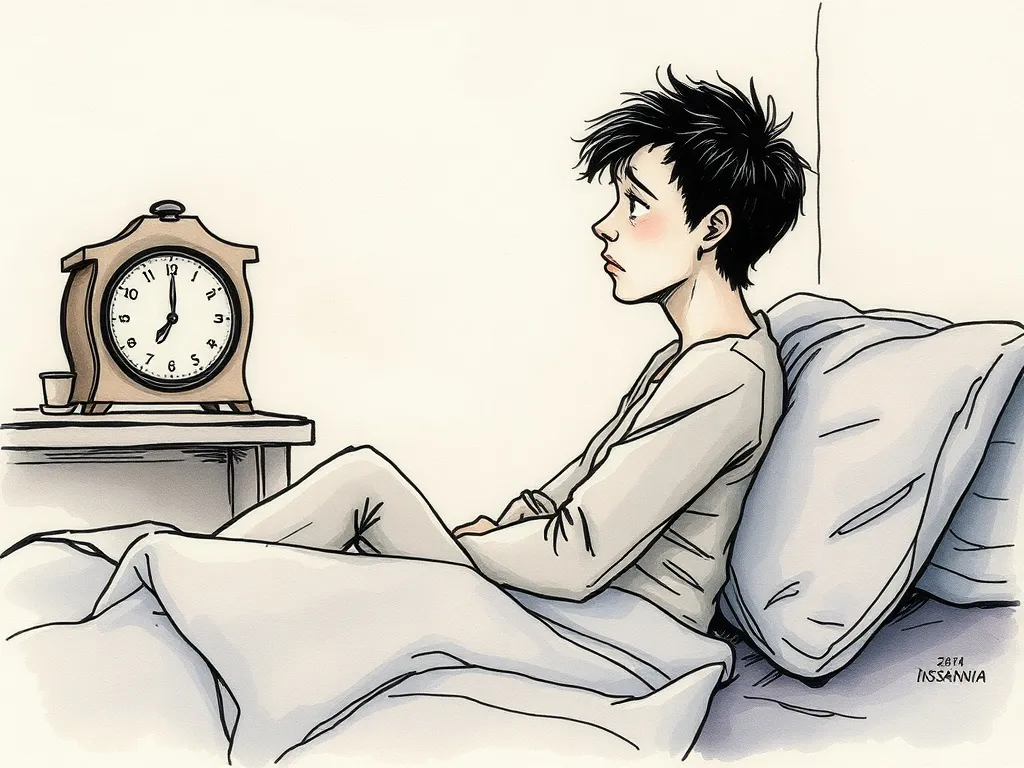
This is perhaps the hardest part. The harder you try to fall asleep, the more elusive it becomes. This “performance anxiety” is a major contributor to chronic insomnia. Instead of “trying to sleep,” focus on relaxing. Remind yourself that even resting quietly in a relaxed state is beneficial. Challenge negative thoughts like “I’ll be a mess tomorrow.” Replace them with more realistic, compassionate thoughts like, “It’s okay if I’m awake right now, I’m just going to relax until sleep comes.” This principle is central to breaking the cycle of anxiety-driven insomnia. Many find relief by using CBT-I to address anxiety-driven insomnia and improve their sleep quality.
Step 6: Avoid Napping During the Day
While a tempting solution to compensate for lost nighttime sleep, daytime naps (especially long or late-afternoon ones) can reduce your “sleep pressure” or “sleep drive” later that night, making it harder to fall and stay asleep. If you absolutely must nap, keep it short (20-30 minutes max) and early in the afternoon.
Step 7: Stick to a Consistent Sleep Schedule (Sleep Restriction/Consistency)
Even after a night of fragmented sleep, wake up at the same time every day, including weekends. This consistent wake-up time is the single most powerful tool for regulating your circadian rhythm. Going to bed at the same time is also helpful, but waking up consistently is paramount. This builds up healthy sleep pressure, making you more likely to sleep more deeply and continuously the next night. For specific applications, such as for CBT-I strategies for shift workers, schedule consistency may need adjustments but remains a core principle.
Addressing Underlying Factors
While the action plan above provides immediate strategies for middle-of-the-night awakenings, it’s also vital to address any underlying issues that might be contributing to your sleep problems.
Anxiety, Stress, and Ruminating Thoughts
As highlighted, anxiety and stress are huge culprits. Techniques like mindfulness, meditation, journaling, and talking to a therapist can help manage these. Practicing relaxation exercises during the day can also reduce overall arousal levels.
Lifestyle Factors (Diet, Exercise, Environment)
- Diet: Avoid heavy meals close to bedtime. Limit caffeine and alcohol, especially in the late afternoon and evening.
- Exercise: Regular physical activity can significantly improve sleep quality, but avoid intense exercise too close to bedtime.
- Environment: Ensure your bedroom is dark, quiet, and cool. Blackout curtains, earplugs, and a white noise machine can be beneficial. Consider optimizing your sleep hygiene broadly.
Medical Conditions
Certain medical conditions, such as restless legs syndrome, thyroid issues, or chronic pain, can contribute to sleep disturbances. If you suspect an underlying medical cause, consult your doctor.
When to Seek Professional Help
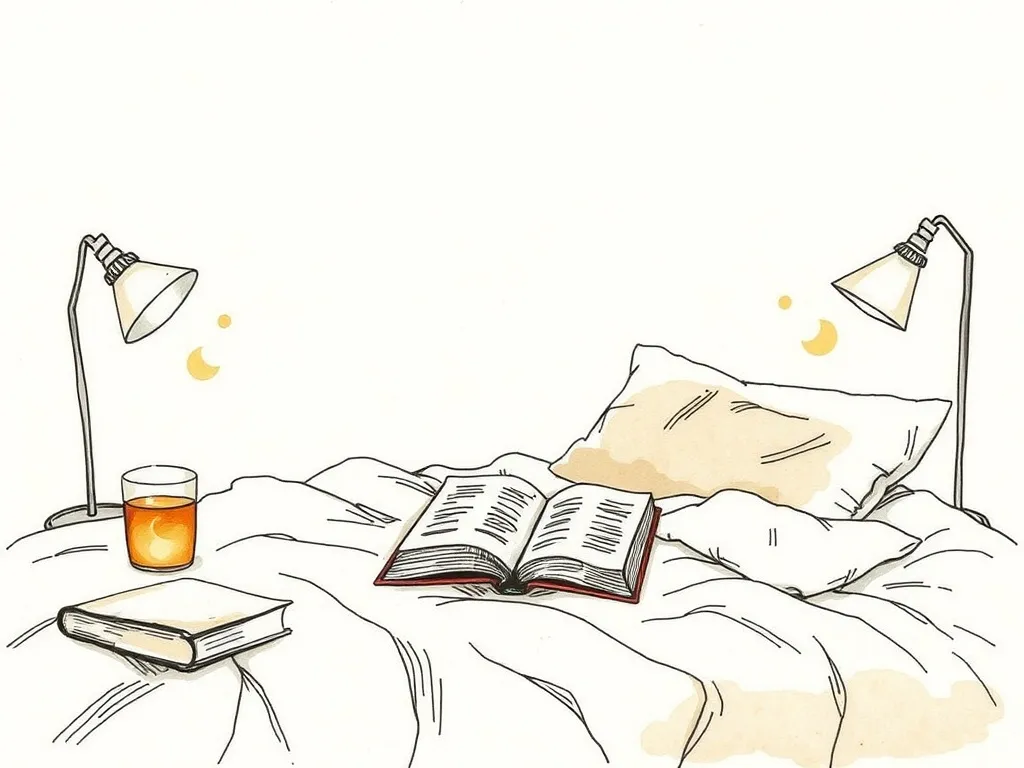
While CBT-I principles can be self-applied, for persistent or severe insomnia, it’s highly recommended to consult a sleep specialist or a therapist trained in CBT-I. They can provide personalized guidance, diagnose underlying issues, and help you implement the strategies most effectively.
Conclusion: Reclaiming Your Nights
Waking up at 3 AM can feel like a frustrating and endless loop, but it doesn’t have to define your nights. By understanding the common causes and diligently applying the principles of CBT-I, you can gradually retrain your brain and body to stay asleep through the night. Consistency, patience, and a commitment to these evidence-based strategies are key. Start today, and take the first step towards reclaiming your rest and waking up feeling truly refreshed.
Frequently Asked Questions (FAQ)
Q1: Is waking up at 3 AM normal?
A1: While waking briefly during the night is normal, consistently waking up at 3 AM (or similar early hours) and being unable to return to sleep for 20 minutes or more, especially if it causes distress, is a sign of middle-of-the-night insomnia. Many people experience it, making it common, but not necessarily “normal” in a healthy sleep pattern sense if it’s problematic.
Q2: What’s the “20-minute rule” in CBT-I?
A2: The “20-minute rule” is a core component of stimulus control therapy within CBT-I. It advises that if you find yourself awake in bed for approximately 15-20 minutes and unable to fall asleep, you should get out of bed and go to another room. The purpose is to break the association between your bed and wakefulness, frustration, or anxiety. You only return to bed when you feel sleepy again.
Q3: Can diet affect 3 AM awakenings?
A3: Yes, diet can certainly play a role. Consuming caffeine or alcohol too close to bedtime can disrupt sleep later in the night. Heavy, spicy, or sugary meals before bed can also cause digestive discomfort that leads to awakenings. Low blood sugar during the night can trigger stress hormones, pulling you out of sleep. Being mindful of what and when you eat can help.
Q4: How long does it take for CBT-I to work for MOTN insomnia?
A4: The effects of CBT-I are often seen within 4 to 8 weeks of consistent application, though individual results can vary. Some people experience improvements sooner, while others may need more time. Consistency and adherence to the strategies are crucial for long-term success.
Q5: Should I try medication?
A5: While sleep medications can offer temporary relief, they typically do not address the root causes of insomnia and often come with side effects or risk of dependence. CBT-I is recommended as the first-line treatment for chronic insomnia due to its long-term effectiveness. Discuss medication options with your doctor, but consider CBT-I as the primary, sustainable solution.
Assess Your Sleep Quality Today
Take our My Sleep Health Score assessment to get personalized insights about your sleep patterns and discover how CBT-I can help you achieve better sleep.
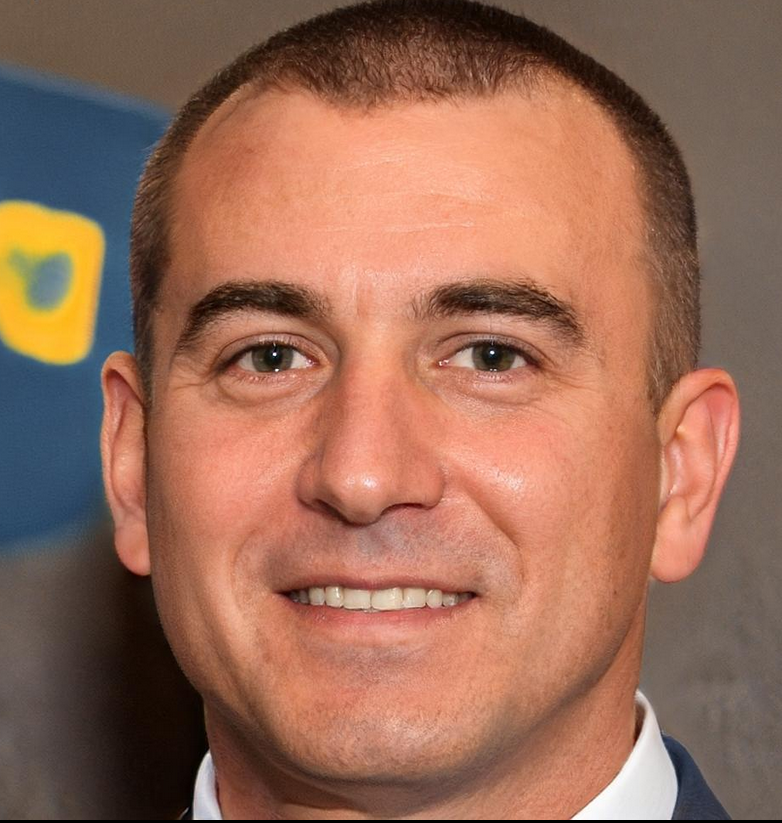
Don Schmidt
15+ years of experience in sleep therapy and Cognitive Behavioral Therapy for Insomnia (CBT-I). Passionate about connecting individuals struggling with sleep disorders to evidence-based, non-medical treatment solutions. Author of hundreds of articles and comprehensive guides on sleep health, CBT-I techniques, and overcoming insomnia. When not helping clients achieve better sleep, you can find me hiking with my family and dogs or enjoying a good book.
Ready to connect with a provider?
Allow us to connect you with a provider who can help.
